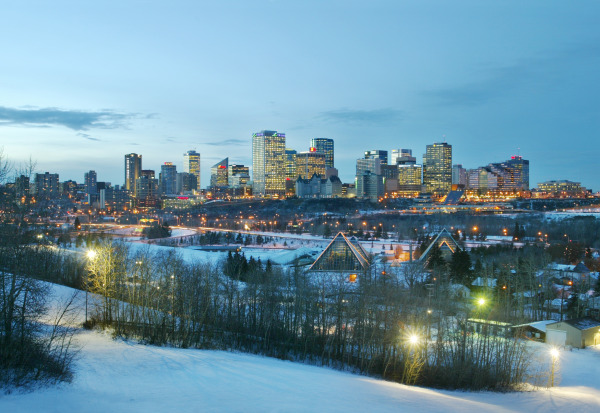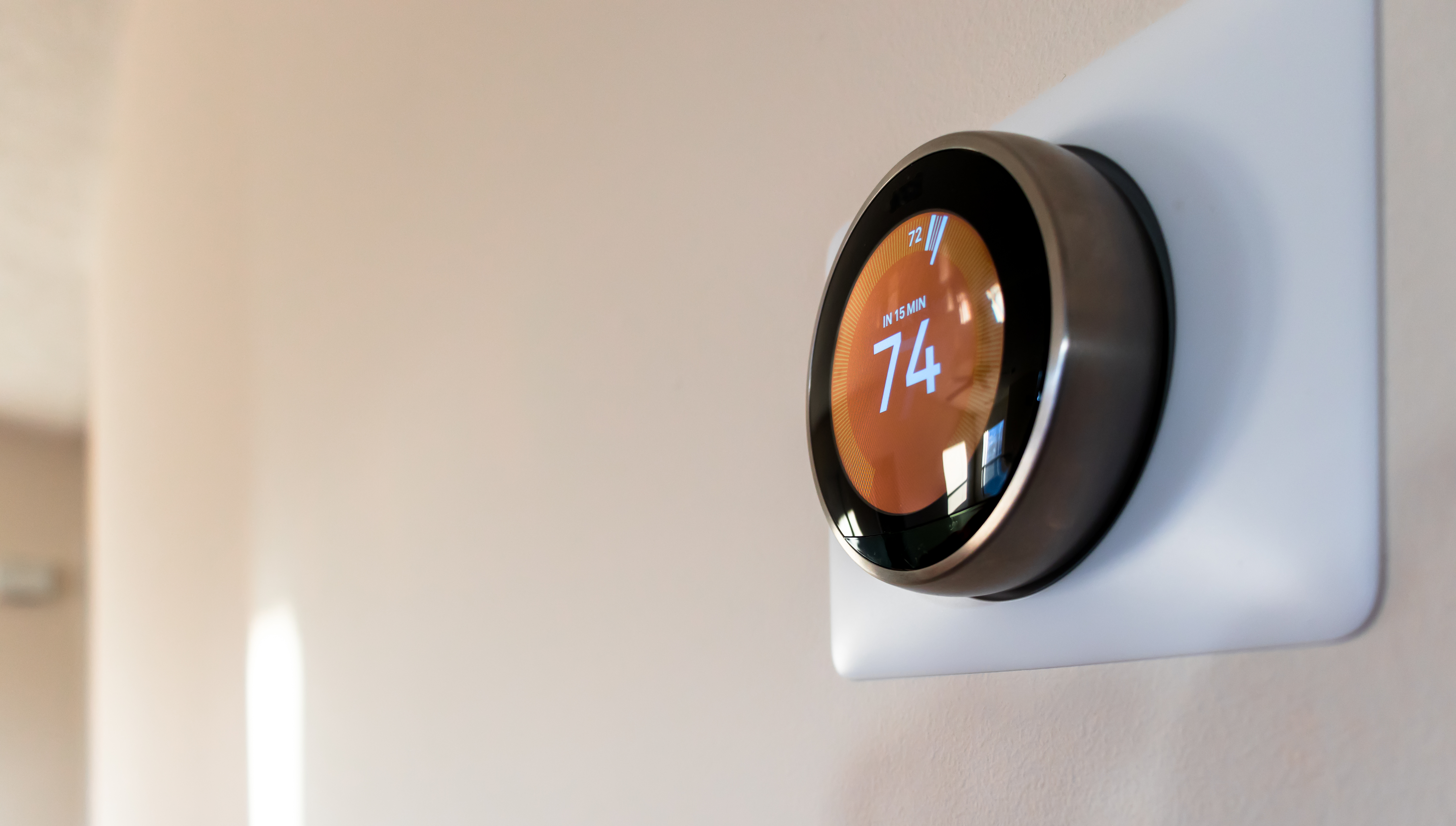 It’s inevitable every year: winter. It’s that time of year when some of us want to curl up in a warm blanket with a hot cup of cocoa and forget about what’s happening outside. Being in Canada, the weather isn’t just harsh on us though, it’s hard on our homes as well. We have a few tips to share on winterizing your home so it stays in top shape right through to spring.
It’s inevitable every year: winter. It’s that time of year when some of us want to curl up in a warm blanket with a hot cup of cocoa and forget about what’s happening outside. Being in Canada, the weather isn’t just harsh on us though, it’s hard on our homes as well. We have a few tips to share on winterizing your home so it stays in top shape right through to spring.
Winterize Your Exterior
Even if you plan to spend most of your time indoors, you still need to prepare the outside of your home for the colder season. If you don’t, any problems that occur on the outside can quickly turn into major problems on the inside. Either way, you don’t want to end up with any unexpected repair bills or home emergencies.
Inspect and clean all gutters
Ensure all eaves troughs are securely attached to the home and all downspouts are attached and in good condition. Clean and secure gutters are necessary for snow to melt and drain from your roof properly and will prevent the need for roofing repairs.
 Check that downspouts are in the down position
Check that downspouts are in the down position
Ensure your downspouts are in the down position for when snow melts (and it can melt during winter as well.) Downspouts should direct water at least three to four feet away from your home. This will help prevent ice dams from forming on the roof. Downspouts will also keep melted snow and ice from flooding around your home’s foundation.
Disconnect Water Hoses
Disconnect all water hoses on your property and drain all outdoor faucets and spigots. Turn off the water shutoff valve for your lawn’s sprinkler system. This will help prevent the water pipes from freezing and bursting.
If you leave a hose attached to your hose bib over the winter, water can back up, freeze, and crack your hose bib.
Winterize Your Interior
Once the temperatures start to drop, you may be tempted to turn up the heat inside your home. While this will make things toasty on the inside, it will also cause your energy bills to increase. The best way to improve the comfort of your home is to prepare it.
Check for drafts or leaks in your windows and doors
One of the most common ways for thermal energy to escape from the home is through windows and doors. Add silicone caulk or window putty to your window frames to ensure there are no gaps to allow cold air in and warm air out. In addition, replace damaged weather stripping on the doors to keep energy from escaping. Ensure that every room in your home, even if it is not in use, is properly insulated for the season.
Perform a furnace inspection
One of the most frightening situations to deal with in the middle of winter is a furnace that suddenly stops working in the middle of the night. If you don’t want to wake up to ice cold floors and freezing showers, check your HVAC system in advance. Also, cover your pipes and water heater with blankets to keep them warm and insulated against the cold.
Ensure you have a fresh furnace filter installed as well. With the increased functionality over the winter months, your furnace will be pushing more air through your home and your filter will go through increased wear.
Set your thermostat to somewhere between 18-20 degrees
This makes it easier for your furnace to function. You lose more money by turning the temperature up and down than you do from keeping it set to a temperature that’s warm enough to keep you comfortable on a cold winter’s day.

Check your attic insulation
If you’ve been in your home for a while, your attic insulation can settle or move around. Checking it every year will ensure you are maximizing your insulation’s efficiency by moving it back into place, or adding more insulation as needed.
Reverse your ceiling fans
If you have ceiling fans installed in your home, it’s time to reverse the direction. In the winter, a reversed fan will push warmer air downward and keep you feeling more comfortable in the colder months.
While our homes are built with harsh Canadian winters in mind, we must also ensure they are maintained each year. Winterizing your home is the best way to ensure your home is ready to sustain not only harsh weather, but to keep us warm and cozy without using excess energy.
